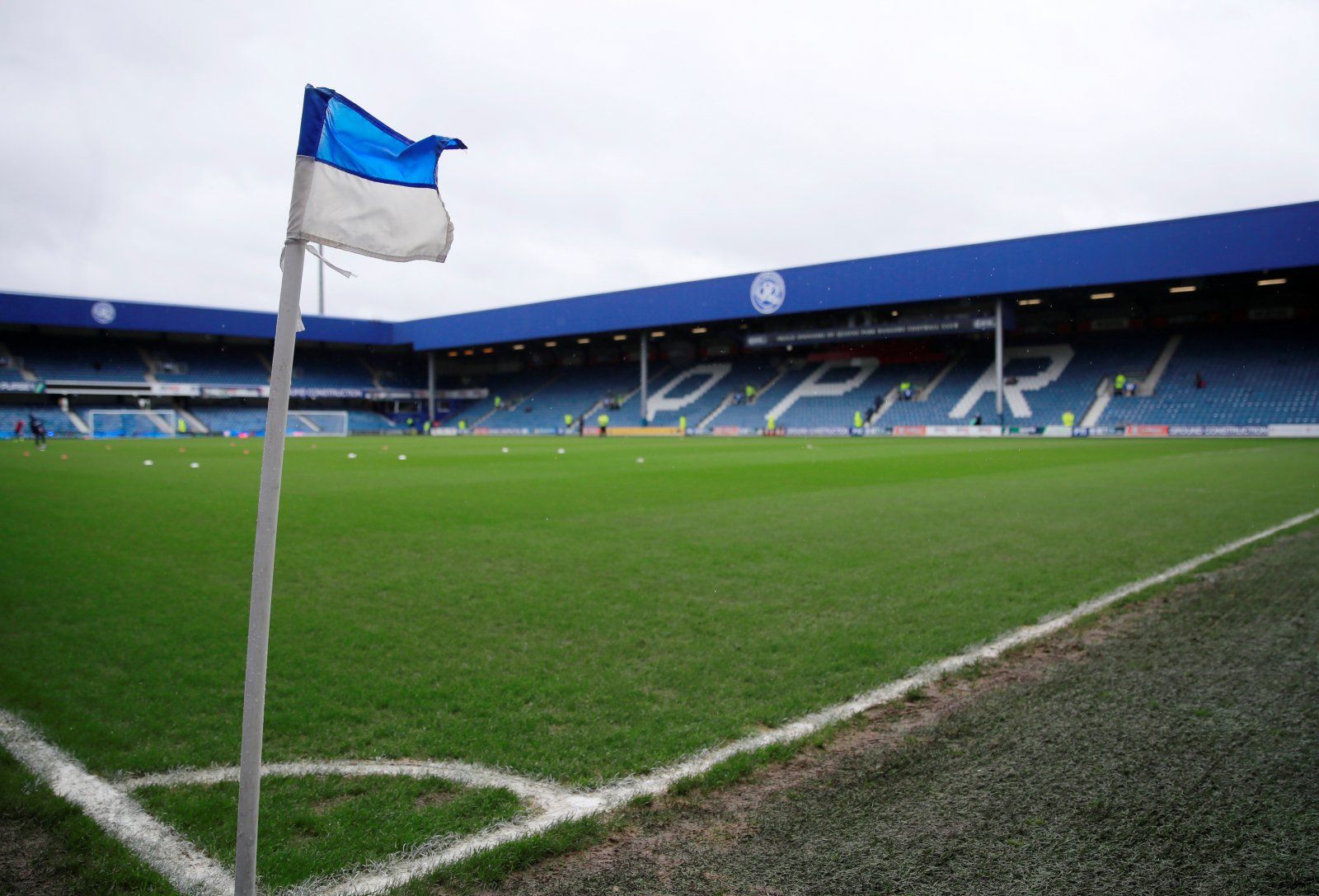It has been something of a mixed season so far for QPR.
Sitting 16th in the Championship table with 43 points from their 33 league games so far, Mark Warburton's side are now 11 points clear of the relegation zone, and 14 adrift of the play-off places.
As a result, it does seem as it may be something of a quiet end to the campaign for QPR, who are seemingly approaching a point where they will have nothing to play for at either end of the Championship table.
So here, we've taken a look at three interesting facts about the history of QPR, that you might not have known about before now.
They weren't always Queens Park Rangers
Although the QPR badge states that the club were formed in 1882, the name Queens Park Rangers did not come into the football word until several years later.
The club eventually took on the name QPR that we are now all so familiar with back in 1886, as a result of a merger between two other football clubs - Christchurch Rangers and St Judes Institute.
Indeed, it was Christchurch Rangers themselves who were originally formed in 1882, hence that being considered the official founding date for the club that is now Queens Park Rangers.
Their long wait for a place in the Football League
Despite the fact that QPR were formed well before the start of the 20th century, and at a time when the Football League was first coming into existence, they would have to wait some time to play at that level.
For almost 40 years, QPR would play in English football's regional leagues, usually in the Southern League - which they would win on two occasions.
It was only in 1920, when the Football League introduced a third division, largely made up of Southern-based teams - with the original divisions having included team largely found in the north of the country and the midlands - that QPR would get the chance to play in something close to a national league system.
A somewhat nomadic early existence
Since they moved into the Football League in 1920, QPR have played at just two stadiums, the now demolished White City Stadium, and mostly, Loftus Road - also known as The Kiyan Prince Foundation Stadium.
Before that however, the club had found themselves moving around a vast number of different venues during their early years as a club.
In the 31 years between the club becoming QPR in 1886 and 1917, when they began their first spell at Loftus Road, Rangers would play at no fewer than 13 different home grounds, highlighting the challenges newly formed clubs faced at that time.

